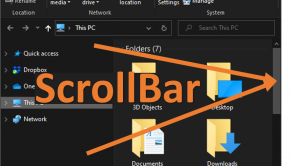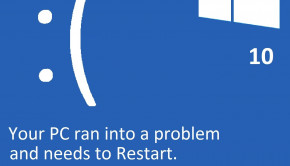.NET Framework Troubleshooting
Reader Question:
“Hi Wally, I am having problems with .NET Framework and wondering how to fix it?“ - John J., Canada
Before addressing any computer issue, I always recommend scanning and repairing any underlying problems affecting your PC health and performance:
- Step 1 : Download PC Repair & Optimizer Tool (WinThruster for Win 10, 8, 7, Vista, XP and 2000 – Microsoft Gold Certified).
- Step 2 : Click “Start Scan” to find Windows registry issues that could be causing PC problems.
- Step 3 : Click “Repair All” to fix all issues.
Setting up weekly (or daily) automatic scans will help prevent system problems and keep your PC running fast and trouble-free.
Wally’s Answer:
Overview of .NET Framework
There is an enormous number of computer languages in use today. Many programmers are skilled in several different computer languages because each language makes creating certain aspects of a program easier or enables the end product to perform at a higher level. When a computer program written in one language needs to communicate with a program written in a different language, the .NET Framework acts as a translator.
Microsoft released the first version of .NET Framework in 2002 and called it .NET Framework 1.0. The most recent release is called .NET Framework 4.0 and .NET Framework 4.5 is scheduled to be released with the Windows 8 operating system. Most programs are written to work with the most current version of the .NET Framework at the time.
In some cases, multiple versions of .NET Framework are required on a computer because a program that works with .NET Framework 2.0, for instance, does not work with .NET Framework 4.0. In most cases, however, later versions of .NET Framework are able to handle the requirements of programs written for an earlier version. .NET Framework keeps a library of computer languages it can access in order to perform its necessary functions.
What Problems are Associated with .NET Framework?
In order for various programs to run correctly, the .NET Framework library needs to have all of the relevant languages accurately stored and available.
When the .NET Framework library is damaged or incomplete, some programs will fail to run correctly and an error message will be displayed. A common error message is, “Unhandled exception has occurred in a component in your application.” The library may have been damaged or the application files may be corrupted.
In some cases, programs cannot be installed without the correct version of the .NET Framework installed and fully updated. A common error is, “.NET 2.0 or later is not installed, but is required.” In this situation, downloading and installing the current version of the .NET Framework must be completed before the application can be installed. Some applications include the necessary version of .NET Framework in the install package. If a version of .NET Framework is not already installed, the included version will be installed automatically.
If the .NET Framework library is damaged or incomplete, only the application requiring that entry will fail to open. In some cases, when an application is running and a .NET Framework error occurs, the computer will become very slow to respond and often restarts on its own.
I Hope You Liked This Article! If You Need Additional Support on This Issue Then Please Don’t Hesitate To Contact Me On Facebook.
Is Your PC Healthy?
I always recommend to my readers to regularly use a trusted registry cleaner and optimizer such as WinThruster or CCleaner. Many problems that you encounter can be attributed to a corrupt and bloated registry.
Happy Computing! ![]()

Wally's Answer Rating
Summary: Every Windows Wally blog post is evaluated on these three criteria. The average of all three elements determines an "Overall Rating" for each blog post.














